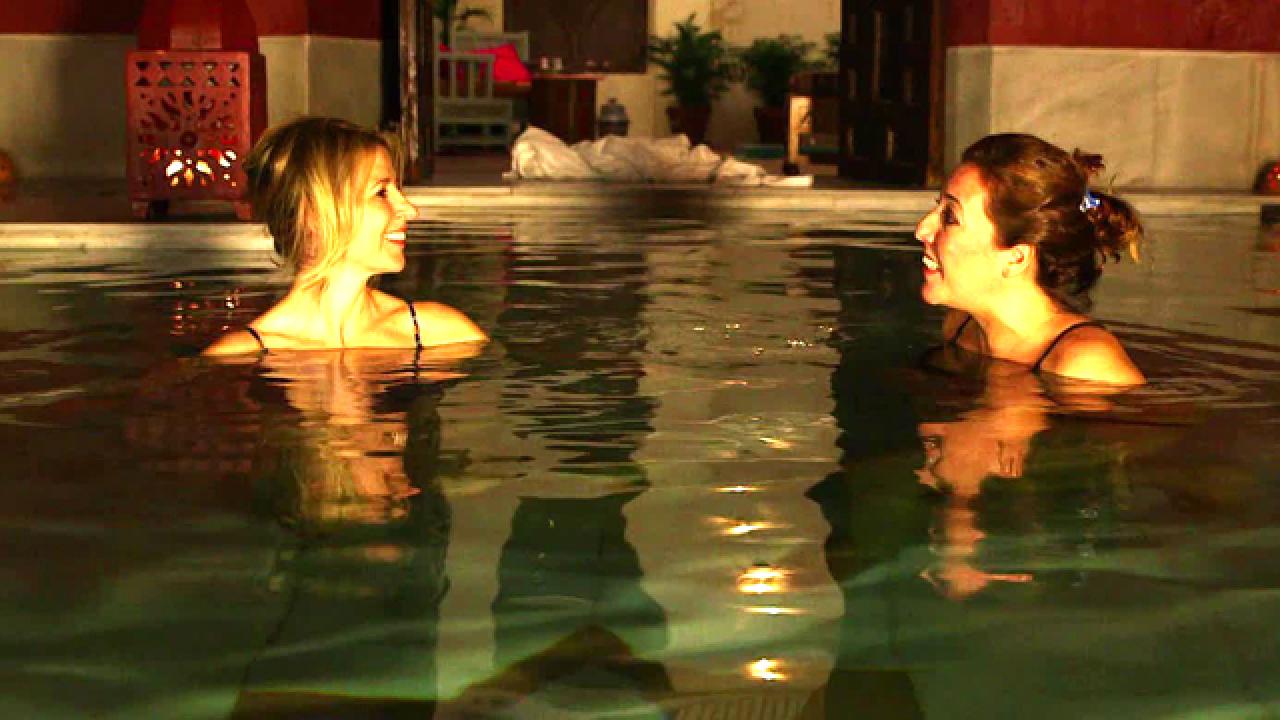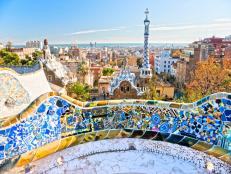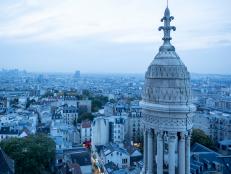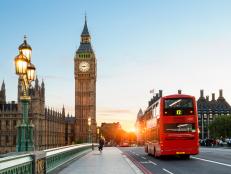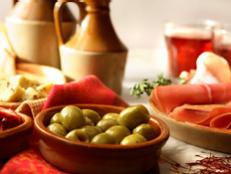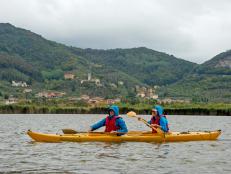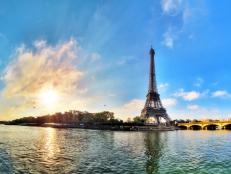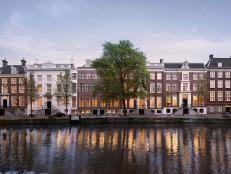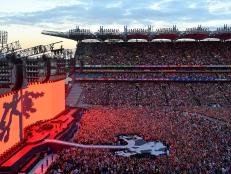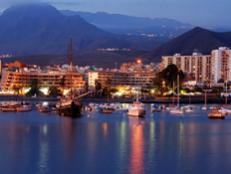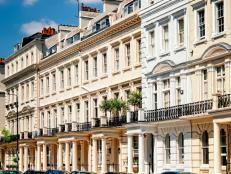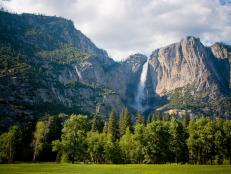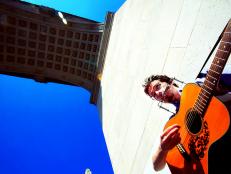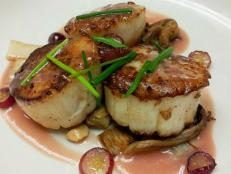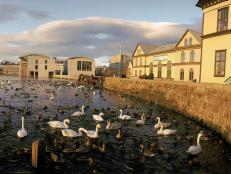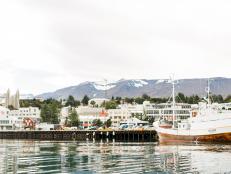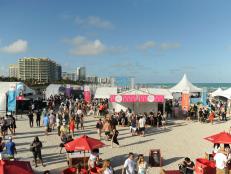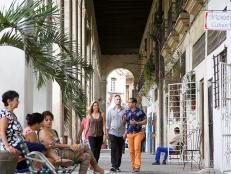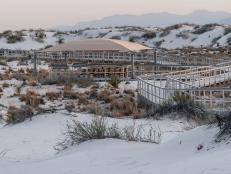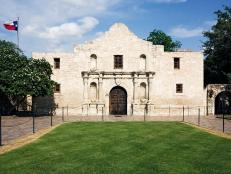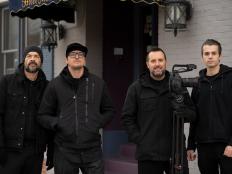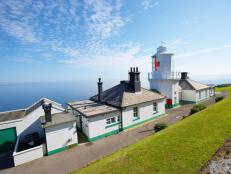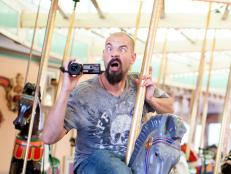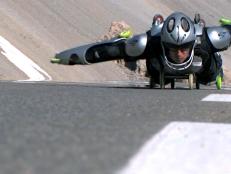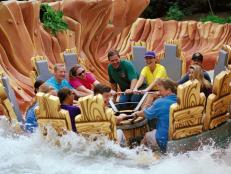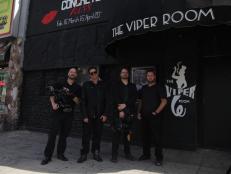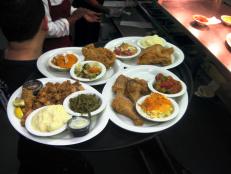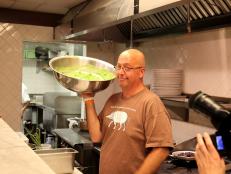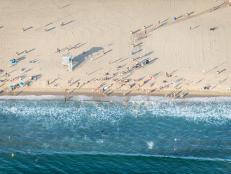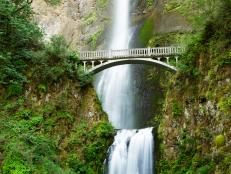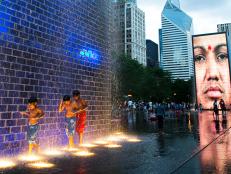4 Adventures in Andalucia
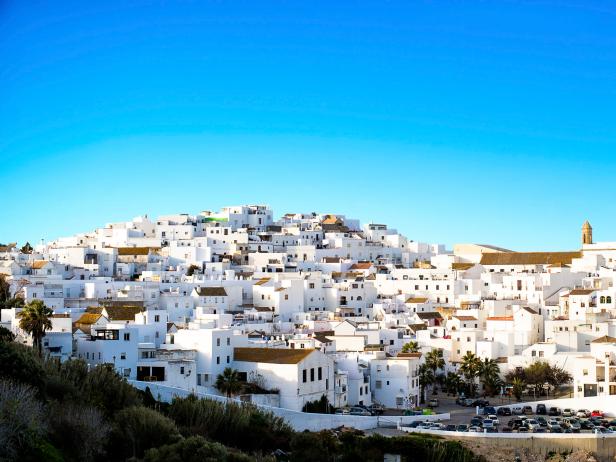
Andalucia is Spain's southernmost region and the home of many iconic Spanish experiences. Bullfighting, tapas and flamenco all have their roots in Andalucian culture, and its festivals are some of the country's noisiest and most colorful. Make sure to partake in these adventures on your next trip to this beautiful region.
Taste Tapas in Seville
Seville is the region's capital and biggest city, rolling together everything that is classic Andalucia — narrow, winding lanes and romantic hidden plazas, cozy wine and tapas bars and stunning scenery.
Enjoying tapas in Seville is a culinary must, like ordering cafe au lait and a croissant in Paris. Most locals start their evenings on the town with an ir de tapeo, or tapas crawl. At some spots, you order at the bar and collect the tapa yourself; at others, you can enjoy table service for a small fee. There are literally hundreds of tapas bars in Seville, but make sure you taste the menus at Alfalfa and San Eloy.
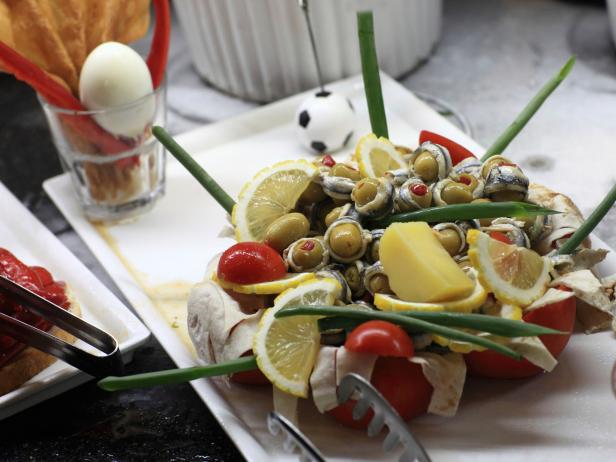
Arkady Chubykin
Dance the Flamenco
Flamenco is the traditional song and dance of the gypsies of Andalucia. A new generation of flamenco performers have revived the dance's popularity in Spain and abroad. There are 2 main ways to enjoy the dance in Andalucia: a tablao, which is a performance mostly aimed at tourists, and the pena flamenca, which offers a more authentic side of the art.
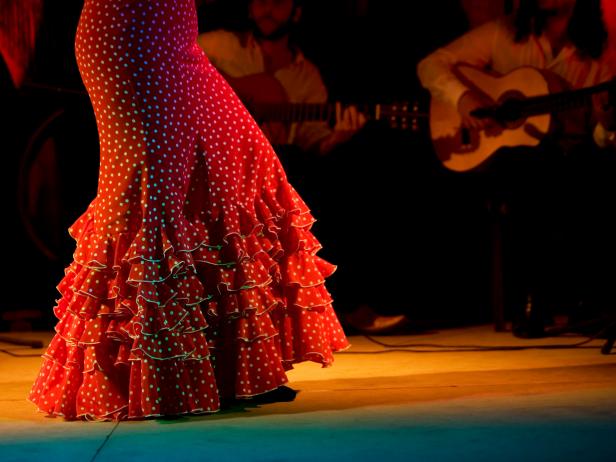
Chico Sanchez/Aurora/Getty Images
The tablao often entails a tour of the town's nightlife and then a traditional flamenco performance, to which you can add drinks and tapas. The pena flamenca is an artistic performance that most consider to be more authentic. There are penas available in most towns and cities, and they don't come with drinks or dinner.
Attend a Festival
One of the best ways to experience a country's spirit and culture is through its festivals and feast days. More than 3,000 fiestas are celebrated annually in Andalucia, including fairs, pilgrimages, carnivals and religious processions.
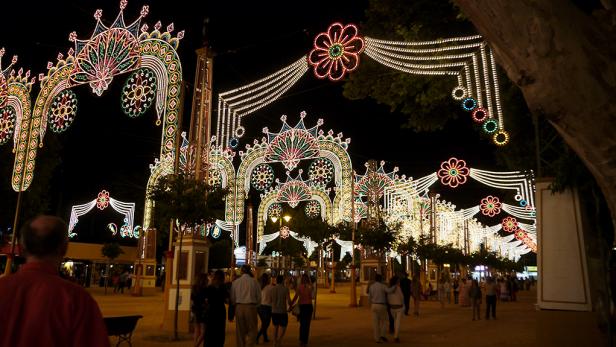
Two of the country's most celebrated occur in Seville: Semana Santa, or Holy Week, and Feria de Abril, or the April Fair.
Holy Week is a more reverent festival, with processions that feature floats and religious idols. Those carrying the floats recognize that it is an honor and often walk barefoot in an expression of extreme penitence. It's a truly spiritual experience marked with tradition and faith.
Two weeks after Semana Santa is the April Fair, a joyous celebration marked by serious dancing, drinking, eating and late-night partying. Remember: It's a marathon, not a sprint; you'll want to pace yourself so you're able to enjoy the full week's worth of merriment.
Appreciate the Architecture and Art
Many of Spain's most beautiful buildings can be found in Andalucia. By exploring the architecture, you'll revisit medieval Islamic Spain, as well as cathedrals, palaces and castles. No visit to Spain would be complete without a stroll through one of the country's many Museos Picasso.
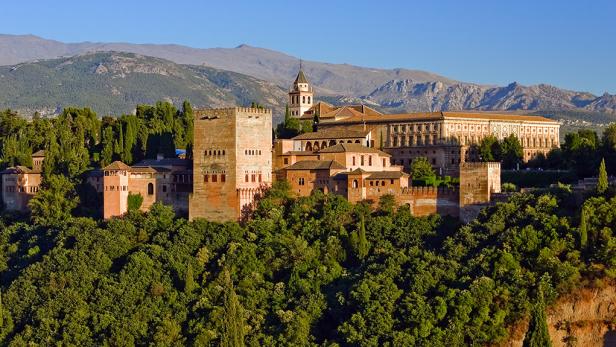
Thinkstock
Alhambra is an architectural marvel in Granada, with gilded décor and lush gardens. The palace was once the residence of the region's Muslim rulers and their court, but now, it's open daily so that tourists may wander its vast and luxurious courtyards. Its full name comes from the Arabic phrase for "crimson castle," and at sunset and sunrise, you'll see why. At night, starlight turns this gleaming castle silver — it truly is stunning no matter what time of day. To appreciate the organic and structural exquisiteness of Alhambra, book a tour that will take you deep inside one of the most visited attractions in the world.
The Mosque-Cathedral of Cordoba (or Mezquita-Catedral) is a marvel of Islamic architecture. The site has been a place of worship for both Christians and Muslims over the years, and it can be visited now for an entrance fee of 8 euros. The architecture is innovative and inspiring, featuring columns and arches made of brick and stone. It calls to mind a balance of sand and sun, desert and forest. The courtyard features fragrant orange trees and elegant fountains.
Pablo Picasso was born in Malaga, and the Museo Picasso there is the heart of the city. In addition, you can visit the Museo Casa Natal ("Birthplace Museum"), where the painter was born. It has exhibit rooms, and the short distance between the museum and Casa Natal makes for an enjoyable, artful afternoon.
MORE: Tour Seville with Samantha Brown
